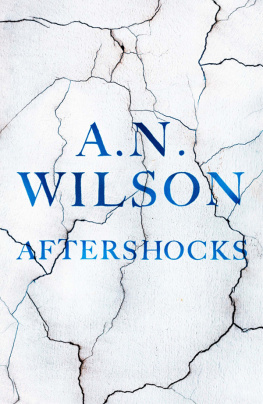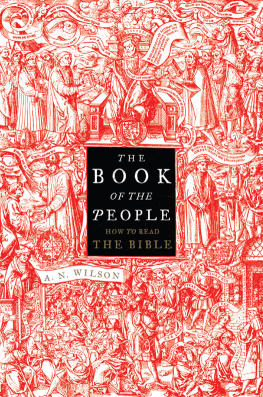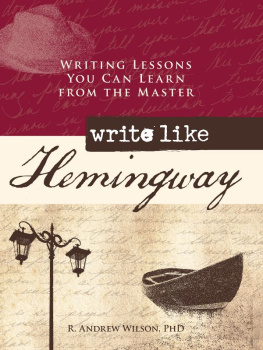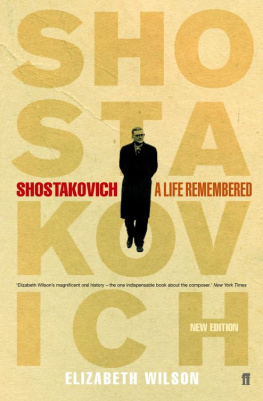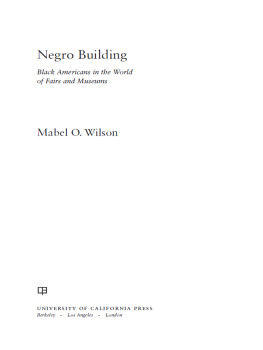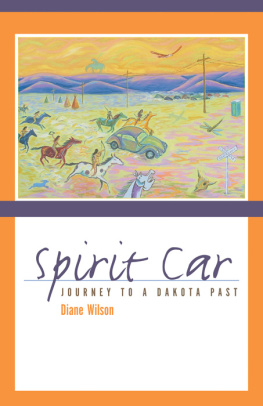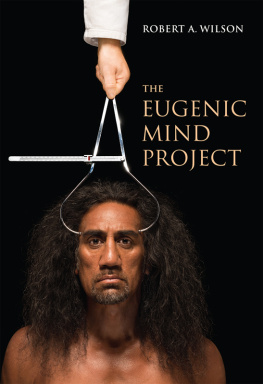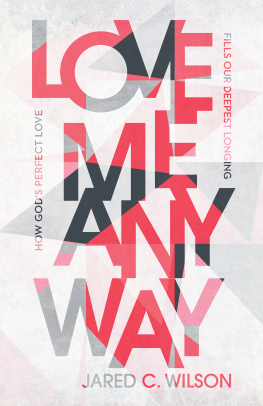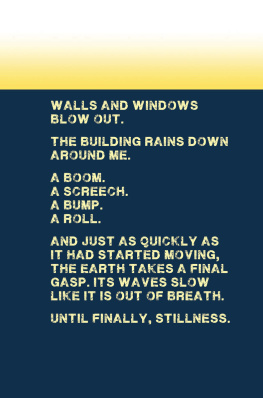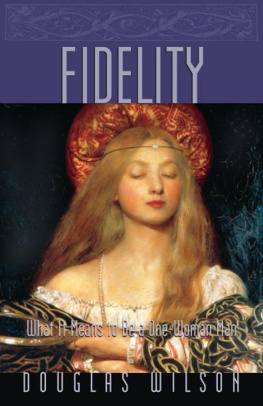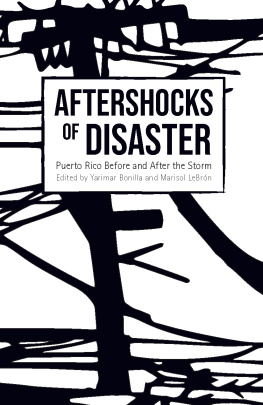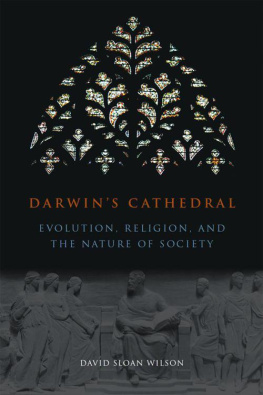Contents
Guide
Aftershocks
A. N. WILSON grew up in Staffordshire and was educated at Rugby and New College, Oxford. A Fellow of the Royal Society of Literature, he holds a prominent position in the world of literature and journalism. He is a prolific and award-winning biographer and celebrated novelist. He lives in North London.
ALSO BY A. N. WILSON
Fiction
The Sweets of Pimlico
Unguarded Hours
Kindly Light
The Healing Art
Who Was Oswald Fish?
Wise Virgin
Scandal: Or, Priscillas Kindness
Gentlemen in England
Love Unknown
Stray
Incline Our Hearts
A Bottle in the Smoke
Daughters of Albion
Hearing Voices
A Watch in the Night
The Vicar of Sorrows
Dream Children
My Name Is Legion
A Jealous Ghost
Winnie and Wolf
The Potters Hand
Resolution
Non-Fiction
The Laird of Abbotsford: A View of
Sir Walter Scott
A Life of John Milton
Hilaire Belloc: A Biography
How Can We Know?
Tolstoy
Penfriends from Porlock: Essays And
Reviews, 19771986
C. S. Lewis: A Biography
Paul: The Mind of the Apostle
Gods Funeral
The Victorians
Iris Murdoch As I Knew Her
London: A Short History
After the Victorians
Betjeman: A Life
Our Times: The Age of Elizabeth II
Dante in Love
The Elizabethans
Hitler: A Short Biography
Victoria: A Life
The Book of the People: How to
Read the Bible
The Queen
Charles Darwin: Victorian
Mythmaker

First published in hardback and trade paperback in Great Britain in 2018 by Atlantic Books, an imprint of Atlantic Books Ltd.
Copyright A. N. Wilson, 2018
The moral right of A. N. Wilson to be identified as the author of this work has been asserted by him in accordance with the Copyright, Designs and Patents Act of 1988.
All rights reserved. No part of this publication may be reproduced, stored in a retrieval system, or transmitted in any form or by any means, electronic, mechanical, photocopying, recording, or otherwise, without the prior permission of both the copyright owner and the above publisher of this book.
This novel is entirely a work of fiction. The names, characters and incidents portrayed in it are the work of the authors imagination. Any resemblance to actual persons, living or dead, events or localities, is entirely coincidental.
Every effort has been made to trace or contact all copyright holders. The publishers will be pleased to make good any omissions or rectify any mistakes brought to their attention at the earliest opportunity.
Please see p.277 for permissions details.
10 9 8 7 6 5 4 3 2 1
A CIP catalogue record for this book is available from the British Library.
Hardback ISBN: 978 1 78649 603 4
Trade paperback ISBN: 978 1 78649 604 1
E-book ISBN: 978 1 78649 606 5
Printed in Great Britain
Atlantic Books
An Imprint of Atlantic Books Ltd
Ormond House
2627 Boswell Street
London
WC1N 3JZ
www.atlantic-books.co.uk
Homage to E.R.M.
A NOTE
A NEW ZEALAND FRIEND READ THIS NOVEL AND ASKED WHY not set it in New Zealand? Why call your imaginary country The Island?
The answer is that this is not a novel about New Zealand. It is about a group of people caught up in an earthquake, two of whom fall in love. It is set in an imaginary place, and it is not intended to be a roman clef about Christchurch, which suffered a devastating earthquake in 2011.
I visited Christchurch in May 2017 for three days, and nothing had prepared me for the experience of seeing a city which had been completely laid waste by a quake. It was during my short time there that the seed of this novel was planted in my mind. My imagined city, Aberdeen, is, like Christchurch, a Victorian colonial city which is, likewise, all but wrecked. But I do not know Christchurch, and I did not want to write a novel about its real inhabitants. The mayor, the Bishop and the property developers in my story are, fairly obviously, all invented. So is the Green MP. So are all the characters in the story, except for the blind busker, whom I have named Penny Whistle, and who, throughout my three days in Christchurch, could be heard singing eighteenth-century English songs in a robust baritone, never repeating himself, among the ruins. I hope he will forgive me for putting him in a story. Although the English characters inhabit actual named places (Winchester, and some named Midland towns), these too are fictitious. There is a funeral in Winchester Cathedral. That was because I wanted my heroine Nellie to pause beside the grave of Jane Austen, not because I wanted to depict the actual clergy of Winchester Cathedral.
The invented Island in this book finds itself in the position of several real postcolonial, mixed-race, modern countries. In this respect, it has characteristics in common with New Zealand, with Fiji, with Australia, and with some African countries. To compare great things with small, it bears such a relation to former dominions and colonies as Joseph Conrads Nostromo bears to several countries in South America. I have spent less than three weeks in New Zealand and could not possibly hope to write a book about it, even if that had been my intention.
PART ONE
CHAPTER ONE
IT WAS ALWAYS THE TWO OF THEM, DIGBY AND ELEANOR. THE inseparables. Then came the Earthquake, and everything changed.
I dont want to swank, but I was the only one in Aberdeen who saw this. An early sign of love, I suppose. True love, the full works, orchestra playing Puccini, blood coursing through your temples, inner certainty that this wasnt some fly-by-night thing, but Destiny in the Person of the Beloved calling us to Newness of Life... But this is jumping ahead a bit, people! Sorry about that. Lets go back to the Dyce, where I was wandering around in a bit of a daze that lunchtime, having just broken up with my tutor, Barnaby Farrell.
An art gallerys a good place to go and think, specially if, like the dear old Dyce, it doesnt really have any good pictures. Course, now the paintings in the Dyce have all been destroyed, I miss them, the Alma-Tadema of Aeneas at the court of Queen Dido; the Holman Hunt of Caedmon tells St Hilda how he received the gift of song in which the cowherd bard had those strange flesh tones which Hunts figures always have, as if they had been made up for American TV with loads of orange slap. No one would ever have sat in front of that picture and been lost in rapture, as you would if you saw a Vermeer for the first time. They are the picture-equivalents of background music, those middle-rank Victorian efforts, and so you can just wander round, have a look at them, smile a bit; or have your own thoughts; or spy on the other gallery-goers, who, during lunch hour on a weekday in our city, Aberdeen, tended to be a mixed bunch some of them like the sad people wandering round parks in Larkins Toads poem, and some of them there for reasons which a gossipy person, like me, would like to winkle out.

